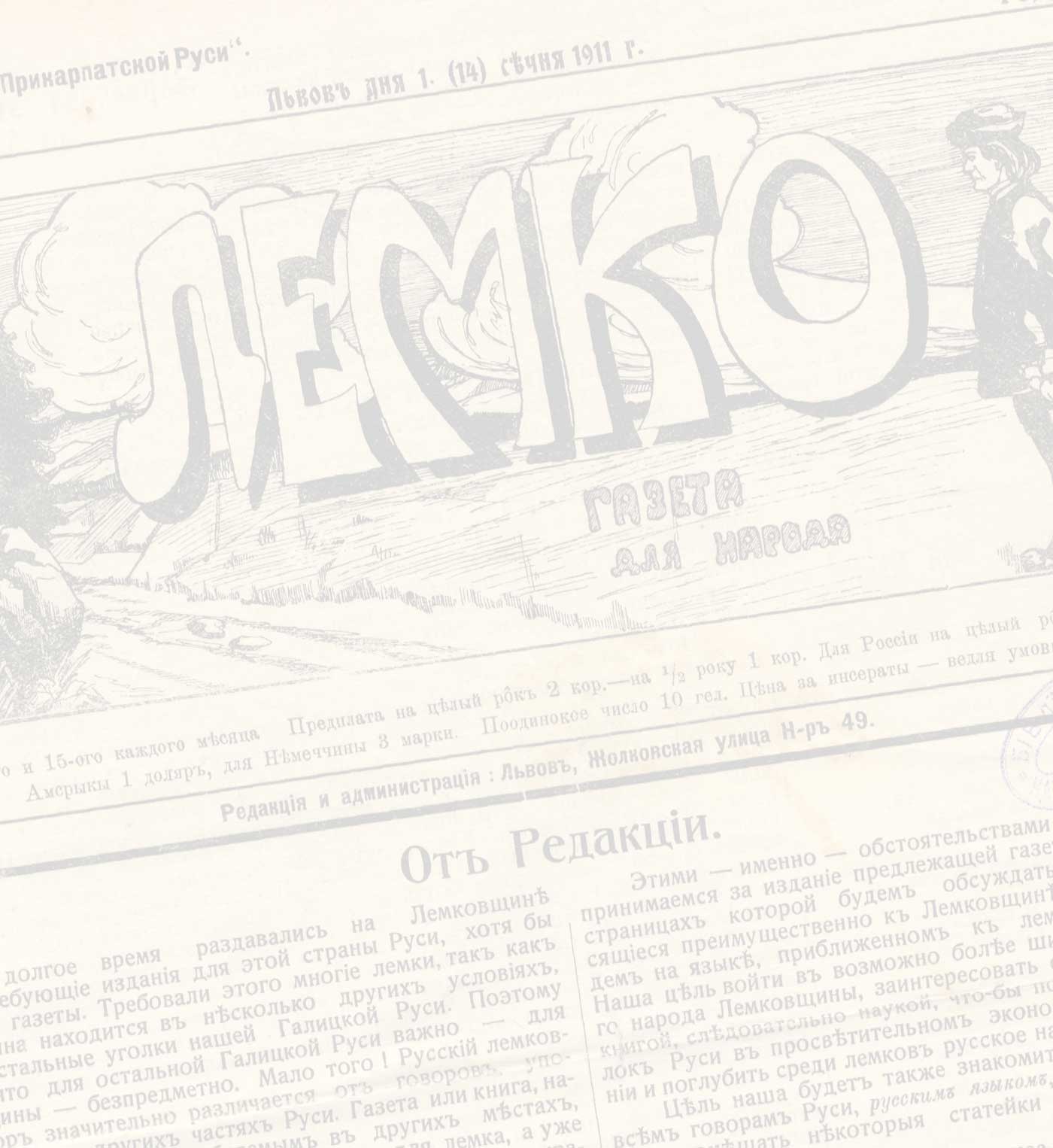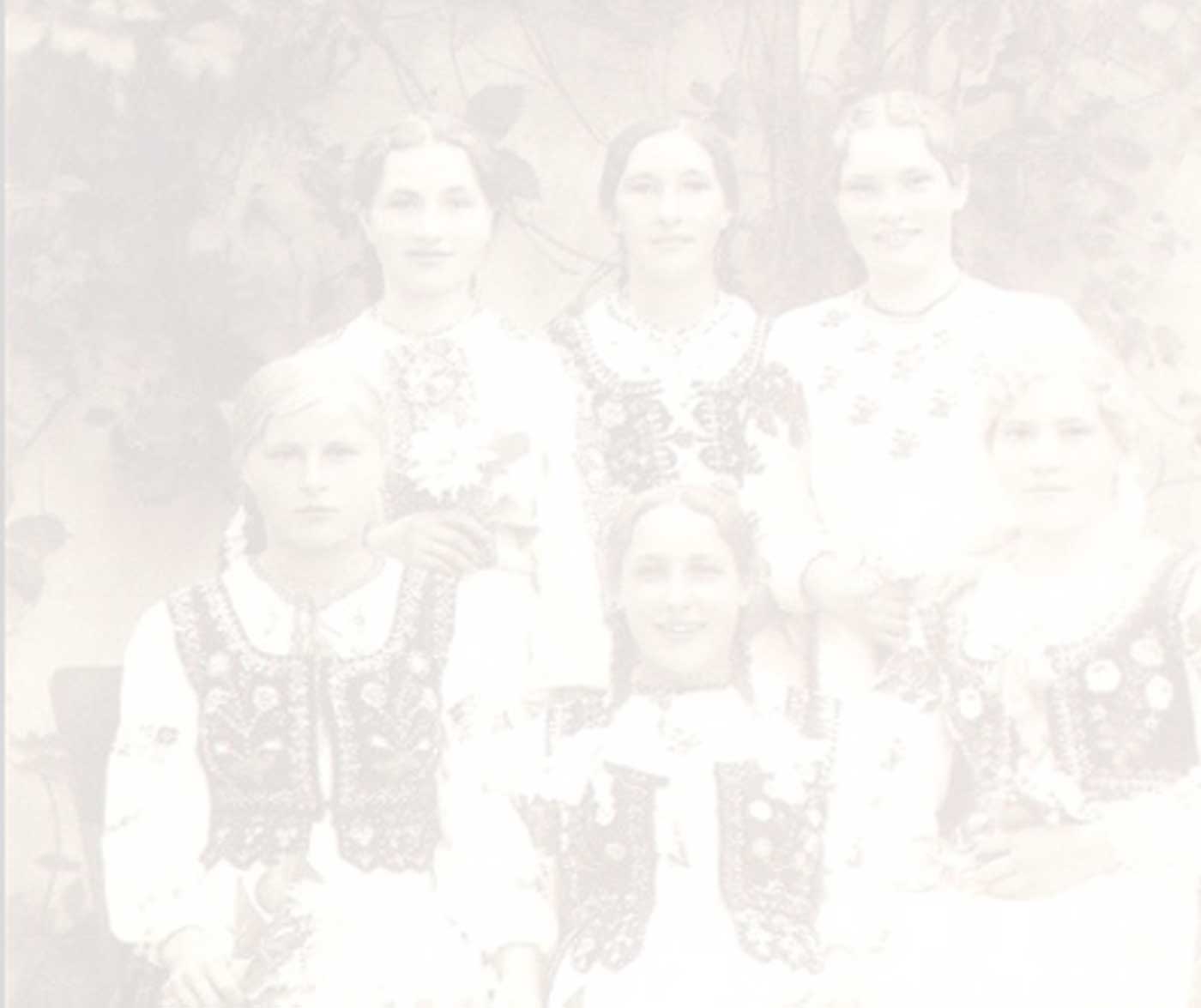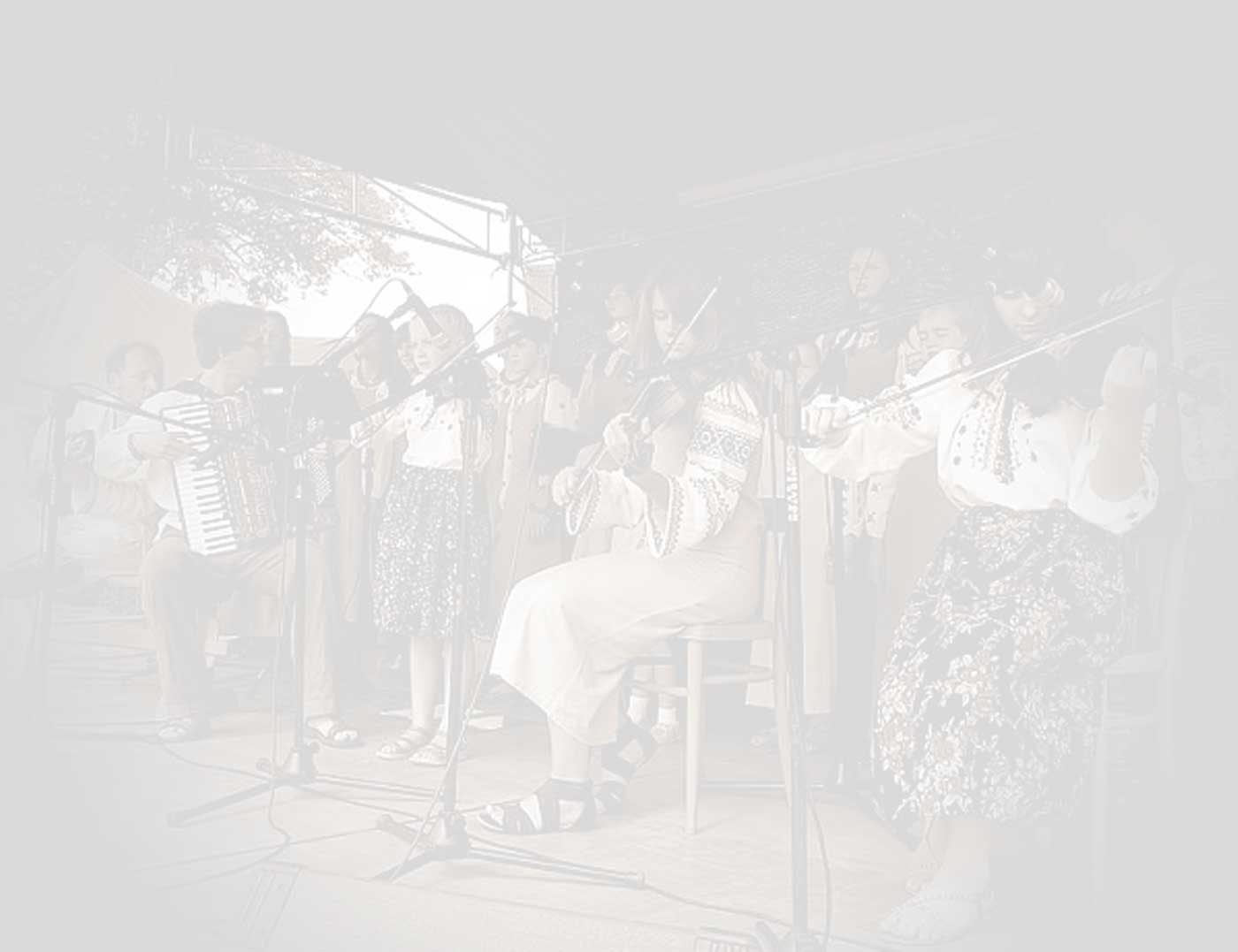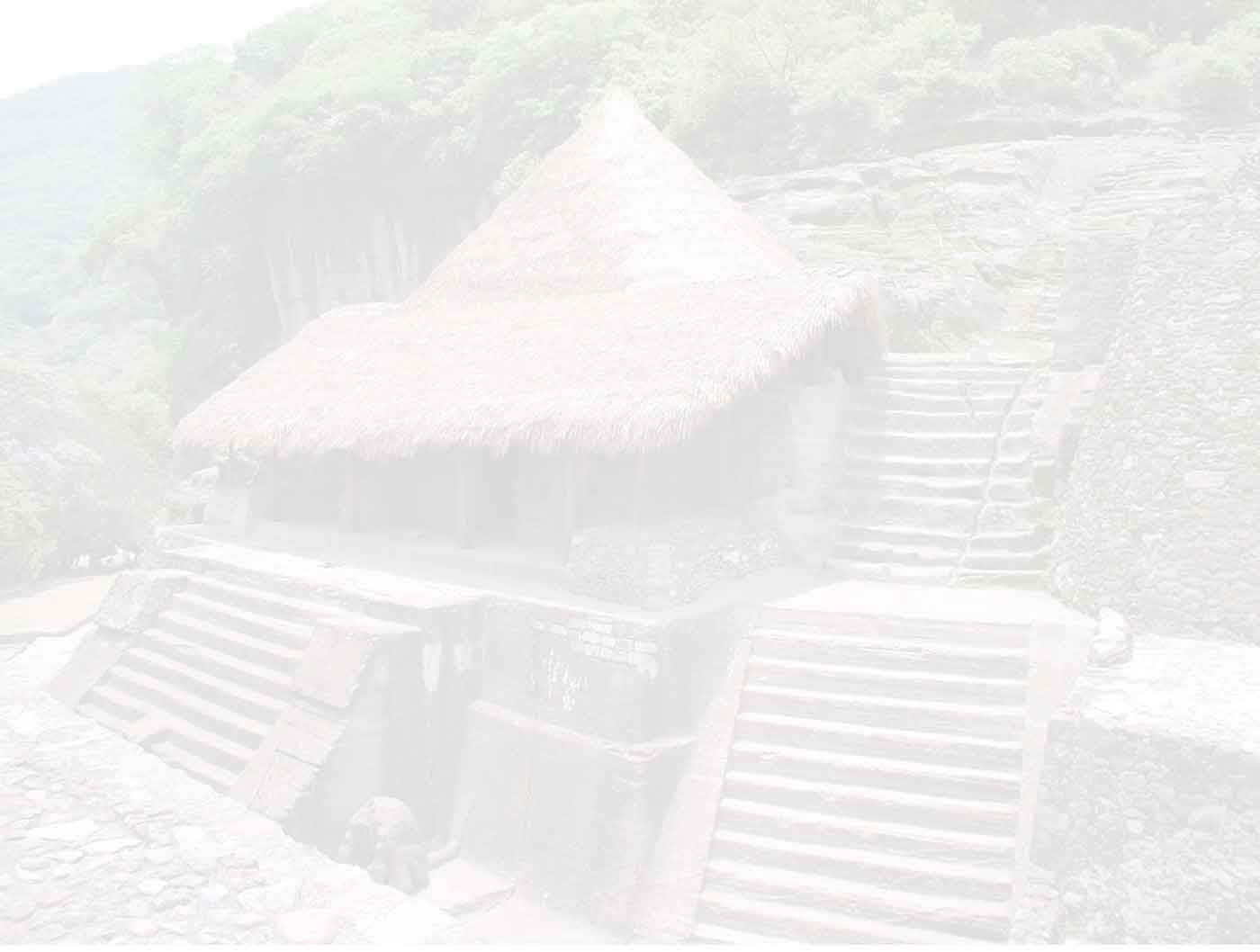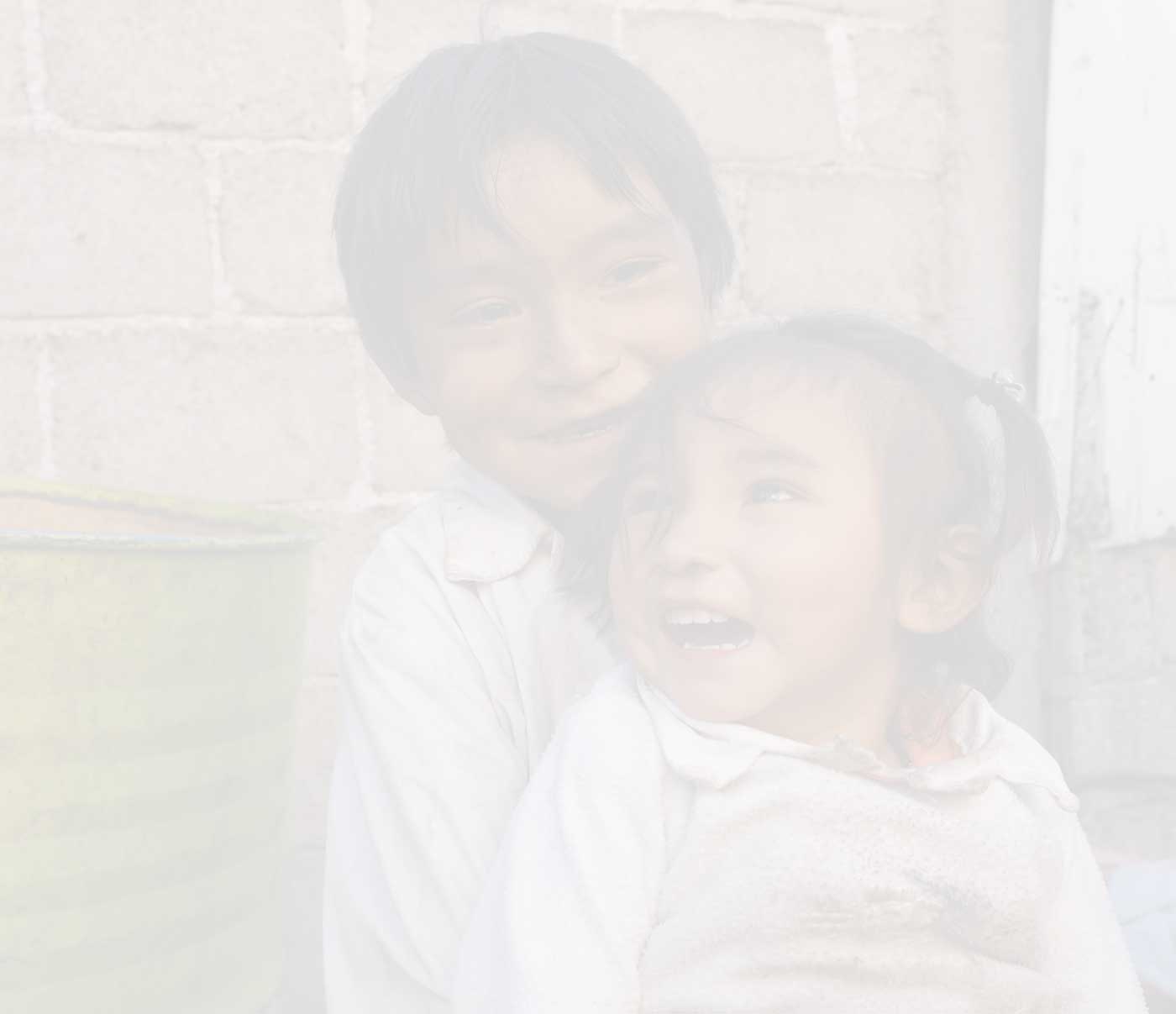Guidelines for language revitalization
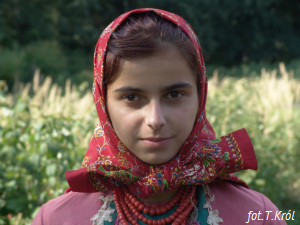
General guidelines for language revitalization:
- Efficiently combining grassroots and top-down approaches.
- Integrating theory, methodology and program implementation.
- Collaborating across academic, social, and ideological boundaries.
- Grounding language revitalization in the social, cultural and economical benefits of cross-cultural transfer, as well as the advantages of extending linguistic diversity.
Specific considerations for academia and scholarly research:
- Addressing and bridging the gap between theory and practice in revitalization, i.e. between the study and planning of revitalization in academic circles and the implementation of concrete revitalization programs/activities, be they community-based, educational or the direct result of governmental language policy.
- Making essential contributions to scientific knowledge about the studied languages, compiling extensive documentation of both a historical (archival texts) and a contemporary (digital recordings) nature.
- Studying available sources referring to the history of a given language in order to identify vocabulary and linguistic structures that have fallen out of use, but may be reintroduced into the endangered language and thereby increase the resources that will allow it to serve as an efficient instrument of criticism, communication and creation in the ever-evolving contexts of modern life.
- Using collected resources to create, expand and enrich dictionaries, grammars, and pedagogical materials.
- Strengthening the historical and cultural identity of native speakers by making research results available to members of speech communities.
- Adapting the valuable products of linguistic research for use in revitalization.
- Demonstrating the benefits of interdisciplinary research on endangered languages and cultures (combining general linguistics, anthropology, ethnolinguistics, ethnohistory, sociolinguistics, psycholinguistics, philology) by providing a holistic, integral view of data and their interpretation useful for revitalization and educational purposes.
- Harness teaching, research and promotional campaigns to raise the prestige of endangered languages in academic circles and the broader society.
- Collaborating with state institutions on improving language policy.
- Disseminating research results showing a strong correlation between multilingualism and enhanced non-verbal processes in order to demonstrate how the social innovations and benefits resulting from revitalizing endangered languages and liberating the intellectual and professional capacities of their speakers can enrich the cultural, cognitive and economic potential of the broader society.
Community level:
- Working with community members as project participants and collaborators, not as informants and passive providers of raw data; this implies the deconstruction of the traditional boundary between the informant (conceived of as a possessor of native cultural knowledge) and the anthropologist (the only participant capable of understanding and interpreting this knowledge at an academic level).
- Assigning an active role to students and researchers who are members of the communities under investigation.
- Using research and revitalization projects to train and empower community members to successfully carry out a number of educational, social and political tasks essential for guaranteeing linguistic and cultural development.
- Overcoming the isolation of groups that struggle to preserve their languages by focusing on similar problems relating to administrative barriers, discrimination and marginalization.
- Encouraging native speakers to actively develop and extend the use of their language into more and more sectors of modern culture and social life, especially through the creation and expansion of spaces for monolingual language practice.
- Constructing positive language ideology which is crucial for building the self-confidence of native speakers, by strengthening their historical and cultural identity, enhancing their professional performance and assuring external/international recognition; positive language ideology should also make both native speakers and the broader society aware of the benefits of harnessing an endangered language as a unique cognitive tool.
- Providing channels for the expression of native speakers’ voices within the context of a global cultural heritage through collaborative research projects, web portals, meetings, conferences and special courses all involving the presence of both native speakers and international students and researchers.
Educational level:
- Fostering instruction of and in native languages on all educational levels.
- Establishing efficient collaboration with state educational institutions to extend the presence of native languages in primary and secondary education and improve teaching methodology.
- Establishing monolingual university programs.
- Providing innovative and efficient resources for instruction at all levels.
- Standardizing orthography while preserving the richness of varietal differences.
- Disseminating and applying the results of psycholinguistic research on multilingualism in order to stimulate positive attitudes on the part of parents, teachers, politicians, social workers and other service professionals, toward language transmission and multi-language education.
